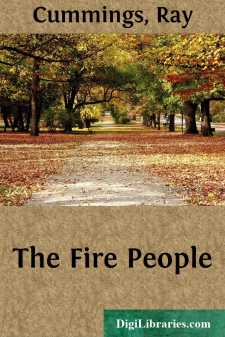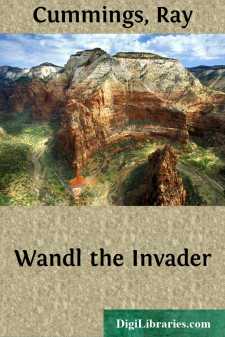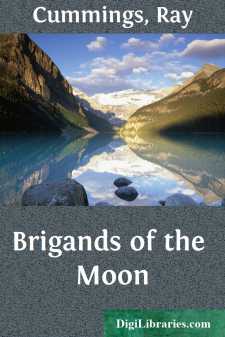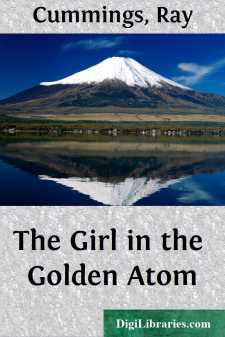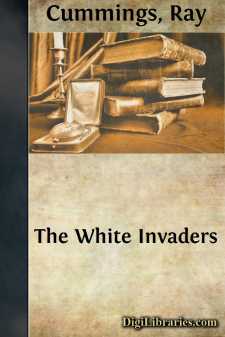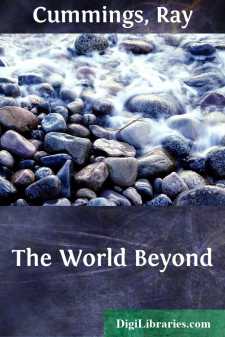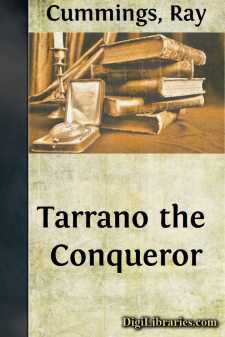Categories
- Antiques & Collectibles 13
- Architecture 36
- Art 48
- Bibles 22
- Biography & Autobiography 813
- Body, Mind & Spirit 142
- Business & Economics 28
- Children's Books 17
- Children's Fiction 14
- Computers 4
- Cooking 94
- Crafts & Hobbies 4
- Drama 346
- Education 46
- Family & Relationships 57
- Fiction 11829
- Games 19
- Gardening 17
- Health & Fitness 34
- History 1377
- House & Home 1
- Humor 147
- Juvenile Fiction 1873
- Juvenile Nonfiction 202
- Language Arts & Disciplines 88
- Law 16
- Literary Collections 686
- Literary Criticism 179
- Mathematics 13
- Medical 41
- Music 40
- Nature 179
- Non-Classifiable 1768
- Performing Arts 7
- Periodicals 1453
- Philosophy 64
- Photography 2
- Poetry 896
- Political Science 203
- Psychology 42
- Reference 154
- Religion 513
- Science 126
- Self-Help 84
- Social Science 81
- Sports & Recreation 34
- Study Aids 3
- Technology & Engineering 59
- Transportation 23
- Travel 463
- True Crime 29
The Fire People
by: Ray Cummings
Categories:
Description:
Excerpt
CHAPTER I.
The first of the new meteors landed on the earth in November, 1940. It was discovered by a farmer in his field near Brookline, Massachusetts, shortly after daybreak on the morning of the 11th. Astronomically, the event was recorded by the observatory at Harvard as the sudden appearance of what apparently was a new star, increasing in the short space of a few hours from invisibility to a power beyond that of the first magnitude, and then as rapidly fading again to invisibility. This star was recorded by two of the other great North American observatories, and by one in the Argentine Republic. That it was comparatively small in mass and exceedingly close to the earth, even when first discovered, was obvious. All observers agreed that it was a heavenly body of an entirely new order.
The observatory at Harvard supplemented its account by recording the falling, just before dawn of the 11th, of an extraordinarily brilliant meteor that flamed with a curious red and green light as it entered the earth's atmosphere. This meteor did not burn itself out, but fell, still retaining its luminosity, from a point near the zenith, to the horizon.
What the farmer saw was a huge fire burning near the center of his field. It was circular in form and about thirty feet in diameter. He was astonished to see it there, but what surprised him more was its peculiar aspect.
It was still the twilight of dawn when he reached the field. He beheld the fire first from a point several hundred yards away. As he explained it, the light—for it was more aptly described as a light than a fire—extended in parallel rays from the ground directly upward into the sky. He could see no line of demarkation where it ended at the top. It seemed to extend into the sky an infinite distance. It was, in fact, as though an enormous searchÐÑвâ¬вÐÂlight were buried in his field, casting its beam of light directly upward.
But more than all this, the farmer was struck by the extraordinary color of the light. At the base it was a deep, solid green. This green color extended upward for perhaps fifty feet, then it shaded into red. The farmer noticed, too, that the fire did not leap and dance with flames, but seemed rather to glow—a steady light like the burning of colored powder. In the morning halfÐÑвâ¬вÐÂlight it threw a weird, unearthly reddishÐÑвâ¬вÐÂgreen glow over the field.
The farmer approached to within twenty feet of the light. He looked to see what was burning, but could not determine, for the greenish base extended directly down into the ground. He noticed also that it gave out extraordinarily little heat. The morning was not exceptionally cold, yet he stood within twenty feet of the fire without discomfort.
I was on the staff of the Boston Observer at this time. I reached Brookline about noon of the 11th of November, and went directly to the field where the fire was burning. Nearly a thousand people were there, watching.
By daylight the fire still held its green and red color, although its light was much less intense....


